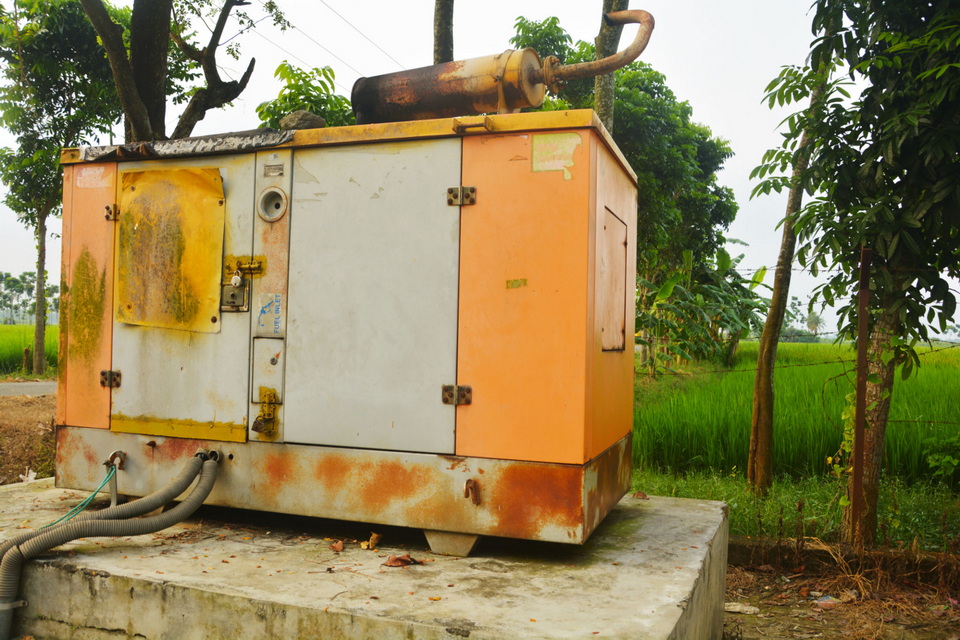
Is Rust Undermining Your Generator?
Your generator sits ready, but is it? Silent rust could be weakening it daily, setting you up for failure. Let’s see how you can stop this hidden threat.
Yes, rust is a major threat, especially in coastal areas with high salt and humidity. It silently corrodes critical components like the enclosure, radiator, and wiring, leading to reduced performance, electrical shorts, and eventual failure. Protecting it from rust is key to its longevity.

Many people focus on the brand or the engine’s horsepower when they buy a generator. I see this all the time. They check the oil and the fuel, but they miss the slow, creeping danger that can cause just as much damage. It’s not always about a sudden breakdown; sometimes, the problem is a gradual decay. This brings up an important point. It’s not just rust we have to worry about. So, let’s explore this further.
What damages a diesel generator?
You keep your generator fueled and ready for an outage. But other silent enemies like dirt, moisture, and neglect are working against it, leading to unexpected and expensive failures.
Besides rust, major damage comes from fuel contamination, overheating, and running it with too light a load (wet stacking1). Dust and moisture can also clog filters and short out electrical parts, while simply letting it sit unused for too long can degrade fuel and seals.
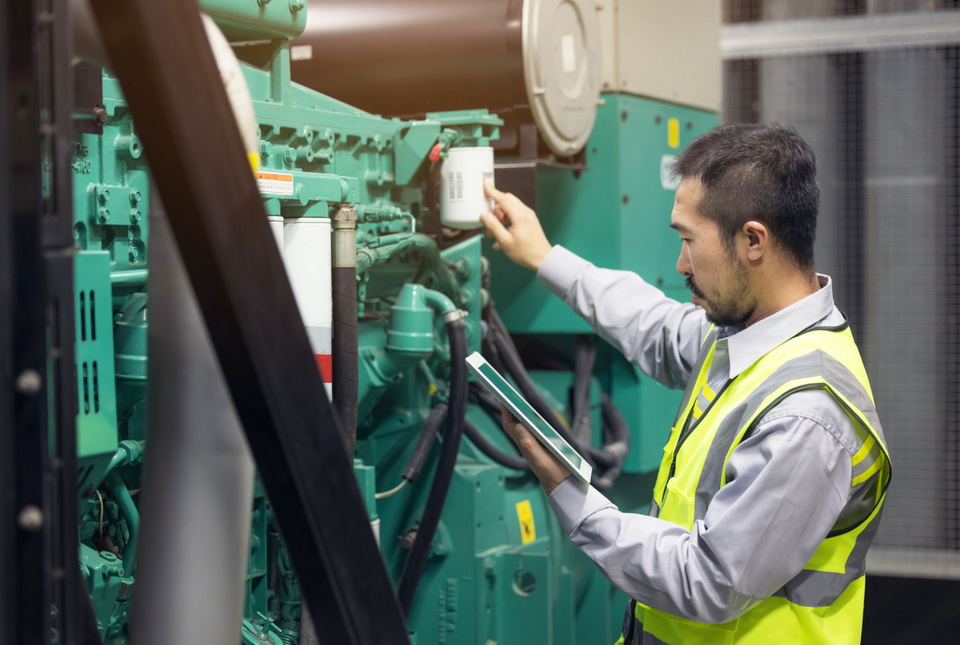
A generator is a complex machine with many moving parts. While we focus a lot on corrosion, other factors can cause serious problems. I’ve seen beautifully maintained generators fail because of something simple the owner overlooked. Understanding these threats is crucial for reliability. Let’s break down the most common issues that are not related to rust.
Key Damaging Factors
This table shows some of the main culprits.
| Threat | How it Damages | Simple Prevention |
|---|---|---|
| Contaminated Fuel | Clogs fuel injectors and filters, causing the engine to sputter or fail to start. Water in fuel can also cause internal corrosion. | Use clean fuel from a reliable source. Install a water separator filter. |
| Overheating | The engine works too hard and gets too hot, which can warp metal parts like the cylinder head. Usually caused by a blocked radiator or low coolant. | Keep the radiator fins clean of dust and debris. Check coolant levels regularly. |
| Wet Stacking | Running the generator at less than 30% of its rated load. This leaves unburnt fuel and carbon buildup in the exhaust system, reducing efficiency and life. | Run the generator at 50% load or more for a few hours each month. |
| Dust & Debris | Clogs air filters, which "chokes" the engine and makes it run inefficiently. It can also blanket components, causing them to retain heat. | Clean the unit regularly and check the air filter as part of your maintenance routine. |
How can I tell if my generator is bad?
Your generator seems ready to go, but how can you be sure? Waiting for a blackout to discover a problem is a risk you can’t afford to take.
Look for warning signs. Difficulty starting, strange noises like knocking or sputtering, and smoke that’s black or blue are clear indicators. Also, check for fluctuating power output, visible rust or corrosion, and any fluid leaks. Regular visual checks are your best first defense.
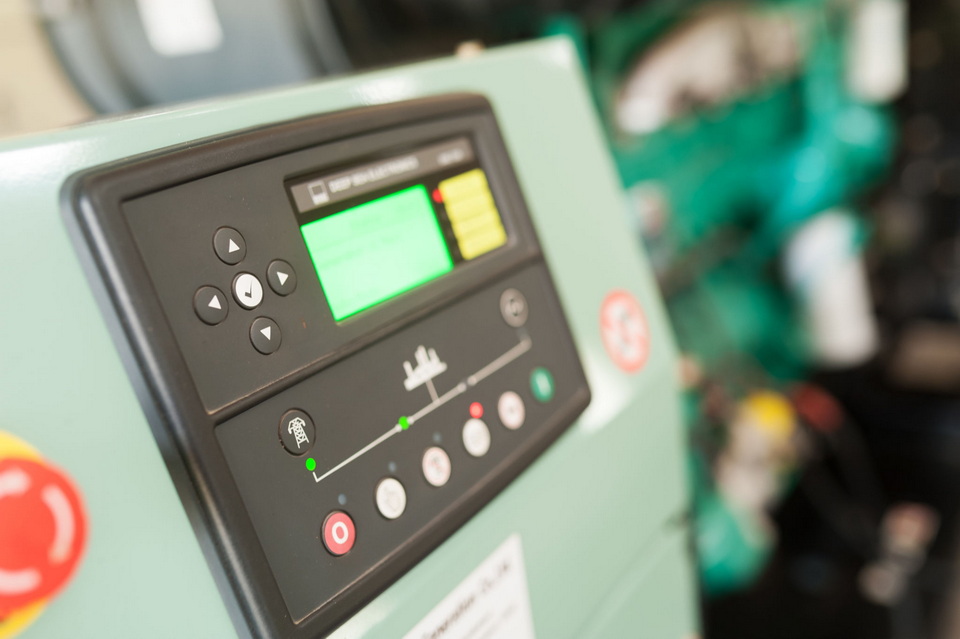
Your generator will almost always give you clues before it fails completely. You just need to know what to look for and listen for. I always tell my clients to do a quick walk-around check every month, even if they haven’t used the generator. It takes five minutes and can save you from a major headache down the road. Think of it as a quick health checkup for your machine. When you know its normal state, you’ll spot problems much faster.
What to Look For
Check for any physical changes. Look for damp spots on or under the unit, which could indicate a leak of oil, coolant, or fuel. Examine wires for any cracks or frayed insulation. And of course, look for bubbles in the paint or orange-brown stains, which are the first signs of rust.
What to Listen For
When you start the generator, listen to how it sounds. Does it take a long time to start? That could be a weak battery or a fuel problem. Once it’s running, listen for any sounds that are not smooth and consistent. Knocking, sputtering, or high-pitched whining are all signs that something is wrong internally.
How it Should Perform
The clearest sign of a problem is poor performance. If you connect lights to the generator and they flicker, the power output is unstable. Black smoke from the exhaust means it’s burning too much fuel. Blue smoke means it’s burning oil. Both point to serious engine issues.
How does rust affect a generator’s performance?
A bit of surface rust seems harmless, right? But this cosmetic issue can quickly become a serious mechanical and electrical problem, silently compromising your generator’s reliability from the inside out.
A generator doesn’t work in rust; rust works against the generator. It weakens the housing, allowing moisture inside. It corrodes the radiator, causing overheating. It also attacks electrical connections, leading to shorts, power fluctuations, and complete failure of the control systems.
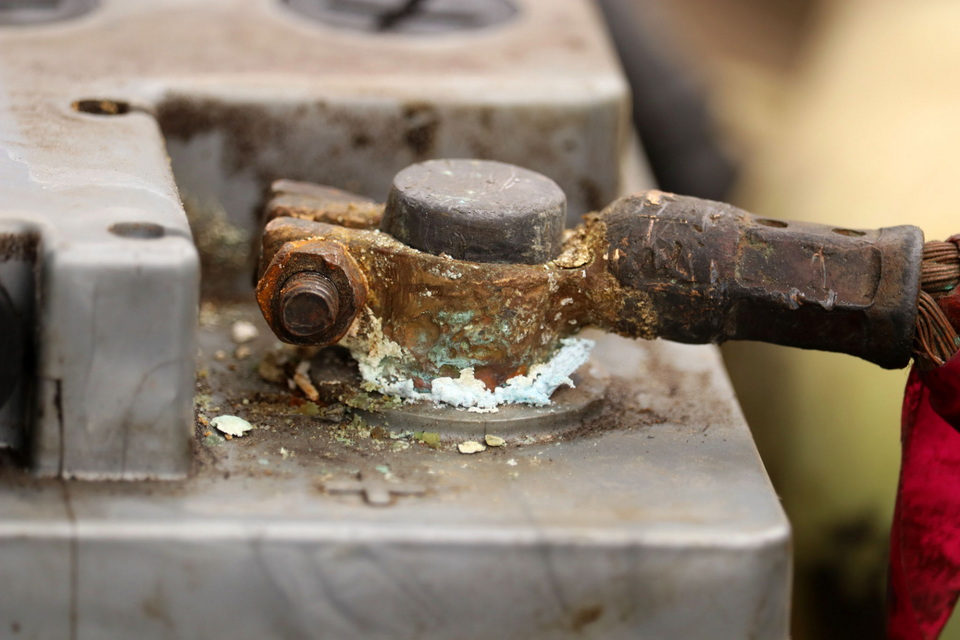
Rust is more than just an ugly patch. It is a chemical process that eats away at metal. I’ve seen clients in coastal areas of New Zealand who thought a little rust was normal. A year later, their generator failed during a storm because that "little rust" allowed salt-laced moisture to get inside and destroy the electronic controls. Once rust starts, it creates a pathway for even more damage. It’s a chain reaction. The metal of the enclosure turns to dust, critical components get exposed, and eventually, the entire system is at risk.
Here’s a breakdown of how rust systematically destroys a generator from the outside in.
| Rusted Component | Direct Effect | Resulting Problem |
|---|---|---|
| Outer Enclosure | Metal becomes thin and develops holes. Sound-dampening material degrades. | Allows moisture, salt, and dust to enter, damaging internal parts. The generator also becomes much louder. |
| Radiator Fins | The thin metal fins corrode and fall apart. | Reduces the radiator’s ability to cool the engine. This leads to overheating and potential engine seizure. |
| Electrical Terminals | Corrosion builds up on battery terminals and wiring connectors, creating resistance. | Prevents the generator from starting, causes unstable power output, or leads to electrical shorts that can damage the control panel. |
| Fuel Tank | Rust forms inside the tank, especially if water is present. These rust particles then flake off. | Clogs fuel lines and injectors, starving the engine of fuel and causing it to stall or not start at all. |
How to keep a generator from rusting?
Protecting your generator from rust feels like a constant battle against the elements. Ignoring it leads to costly replacements, but simple, proactive steps can preserve your investment for years.
Start by choosing a generator with a corrosion-resistant enclosure, like one made of galvanized steel. Use a protective cover when not in use. Regularly clean the unit and touch up any scratches in the paint immediately. For maximum protection, select a model with anti-corrosion coatings.
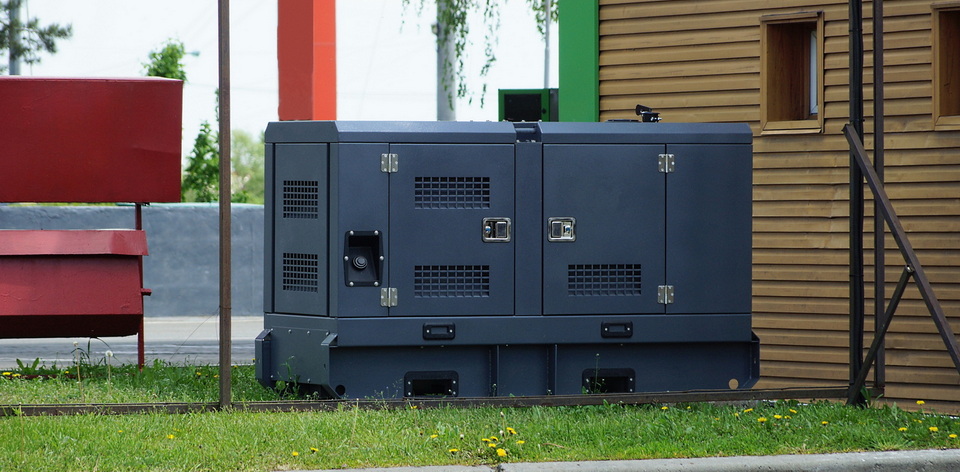
Prevention is always better than a cure, especially with rust. When we founded Corroless-Gen, it was because we saw so many customers in places like Brazil and other coastal markets struggling. Their standard generators were failing prematurely due to corrosion. They learned the hard way that a lower price upfront often means higher costs later. Investing in the right materials from the start is the smartest financial decision. You pay more once for a properly protected unit, but you avoid paying for frequent repairs, maintenance, and eventually, a full replacement. It’s about looking at the total cost of owning the generator, not just the price on the tag.
Proactive Protection Strategies
Here are the most effective ways to stop rust before it starts.
| Prevention Method | How It Works | Best For |
|---|---|---|
| Galvanized Steel Enclosure | The steel is coated with a layer of zinc. The zinc corrodes first, sacrificing itself to protect the steel underneath. | Anyone in a humid, rainy, or coastal environment. This is the foundation of good rust prevention. |
| Anti-Corrosion Paint | This is a special type of paint that acts as a barrier, sealing the metal from oxygen and moisture. It is much more durable than standard paint. | High-salinity areas. It’s the best second layer of defense on top of a galvanized enclosure. |
| Regular Cleaning | Washing away salt, dirt, and industrial pollutants prevents them from sitting on the surface and breaking down the paint. | All generator owners, but especially those near the sea or industrial zones. |
| Protective Cover | A waterproof, breathable cover keeps direct rain and sun off the unit, which slows down the degradation of the paint and plastic parts. | Generators that are stored outdoors, even if they have a good enclosure. |
Conclusion
Rust is a silent threat to your generator. By understanding the risks and choosing a corrosion-resistant unit from the start, you ensure reliable power and save money long-term.
-
Wet stacking can severely impact your generator’s efficiency. Learn more about this issue and how to prevent it for optimal performance. ↩
